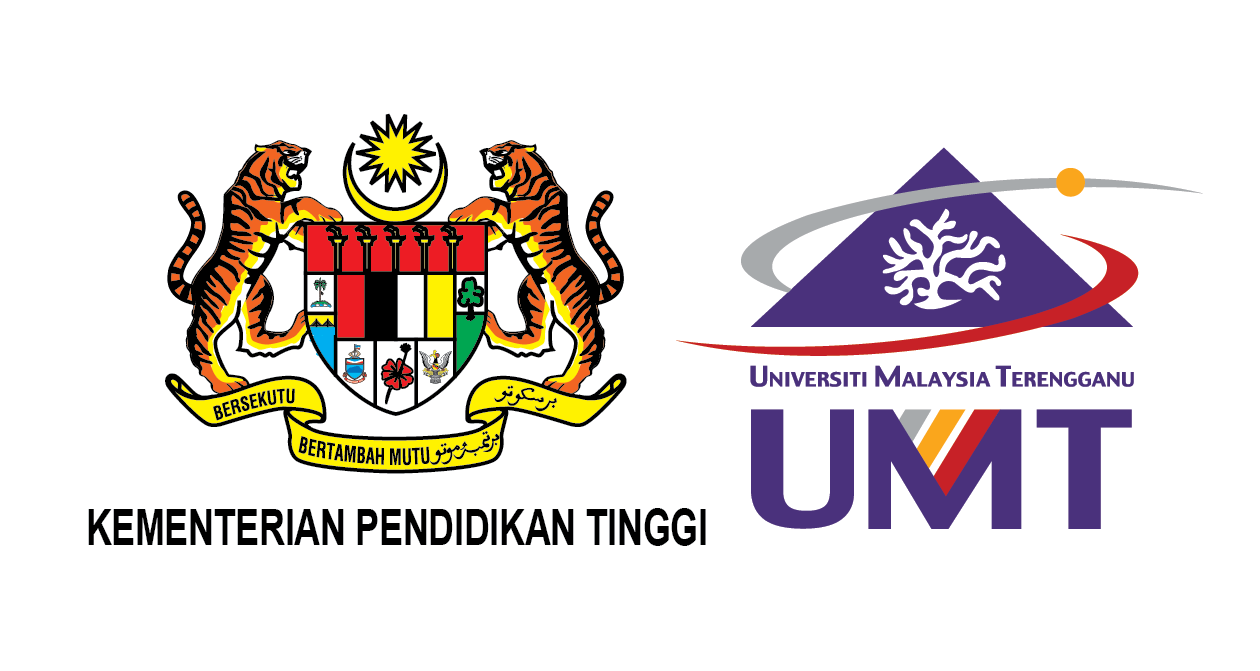Please use this identifier to cite or link to this item:
http://umt-ir.umt.edu.my:8080/handle/123456789/3215Full metadata record
| DC Field | Value | Language |
|---|---|---|
| dc.contributor.author | Rohani Mustapha | - |
| dc.date.accessioned | 2015-02-11T07:24:36Z | - |
| dc.date.available | 2015-02-11T07:24:36Z | - |
| dc.date.issued | 2014-05 | - |
| dc.identifier.uri | http://hdl.handle.net/123456789/3215 | - |
| dc.description.abstract | In recent years, many studies have focused on the idea of using natural fibers from renewable resources as alternative to replace traditional synthetic fibers in polymer composite systems. This is due to the increased ecological concern and environmental awareness. In this study, the effect of untreated and sodium hydroxide (NaOH), 3-aminopropyltriethoxysilane (3-APE) as well as p-toluenesulfonic acid (PTSA) treated Alpiniagalanga (AG) agricultural residue-HDPE composites with and without addition of maleic anhydride-graft-polyethylene (MAPE) and eco degradant (ECO) were studied. The composites were prepared by melt blending HDPE resin with various AG fiber loadings (3, 6, 10 and 15 wt%) by using a BrabenderPlastograph EC mixer at 135°C at 50 rpm. The composites were characterized based on tensile properties, morphology, thermal properties and water absorption. The finding reveals that AG fibers generally reinforced AG/HDPE composites with increasing AG fiber loadings. Four formulations of AG/HDPE show a significant improvement in tensile strength. Tensile strength of NaOH and 3-APE treated AG fibers/HDPE composites with an addition of ECO (AG/HDPE+ECO) is 34.7 MPa, which is 24.9 % higher than that of pristine HDPE (27.8 MPa). The addition of AG fibers improved the Young’s modulus of AG/HDPE composites with addition of ECO up to 4874.2 MPa as compared to HDPE (1012.7 MPa). However, the elongation at break of AG/HDPE is generally lowered with the inclusion of AG fibers. The treatment of AG fibers with NaOH and 3-APE and inclusion of ECO resulted in 0.4 % water absorption than that of HDPE(0.1%). The presence of treated AG fibersshowed higher the thermal stability of AG/HDPE composites compared to untreated AG/HDPE composites. Thetensile fracture surfaced morphology of AG/HDPE composites and Fourier transform infrared spectroscopy(FTIR) analysis of untreated and treated AG/HDPE composites with and without addition of ECO and MAPE support the above analysis. | en_US |
| dc.language.iso | en | en_US |
| dc.publisher | Terengganu: Universiti Malaysia Terengganu | en_US |
| dc.subject | TS 1541 .R6 2014 | en_US |
| dc.subject | Rohani Mustapha | en_US |
| dc.subject | Tesis PPKK 2014 | en_US |
| dc.subject | Fibers | en_US |
| dc.subject | Plant fibers -- Asia | en_US |
| dc.title | Properties of chemically modified alpinia galanga filled hdpe composites | en_US |
| dc.type | Thesis | en_US |
| Appears in Collections: | Pusat Pengajian Kejuruteraan Kelautan | |
Files in This Item:
| File | Description | Size | Format | |
|---|---|---|---|---|
| TS 1541 .R6 2014 Abstract.pdf | 148.25 kB | Adobe PDF | View/Open | |
| TS 1541 .R6 2014 FullText.pdf Restricted Access | 3.05 MB | Adobe PDF | View/Open Request a copy |
Items in UMT-IR are protected by copyright, with all rights reserved, unless otherwise indicated.

